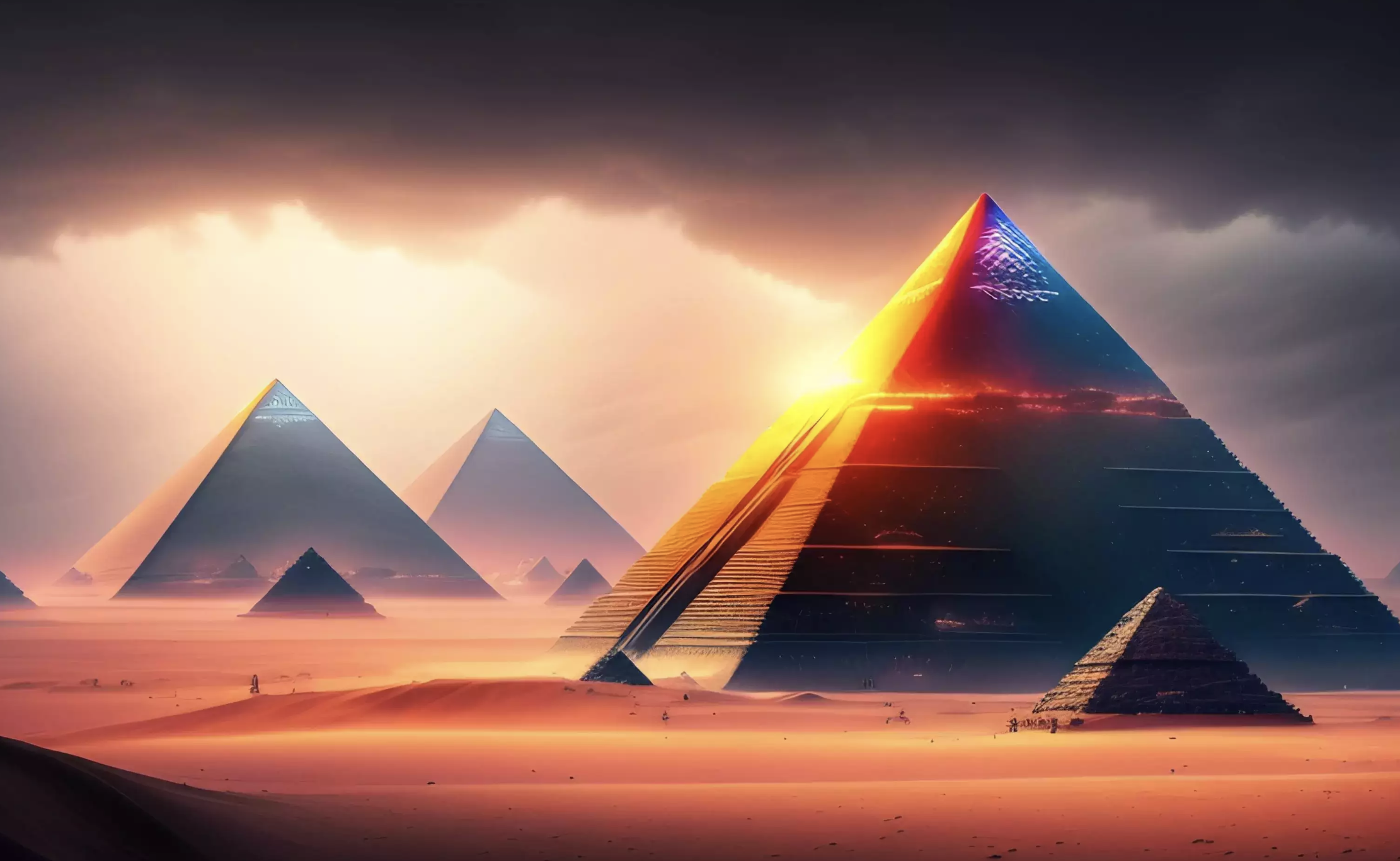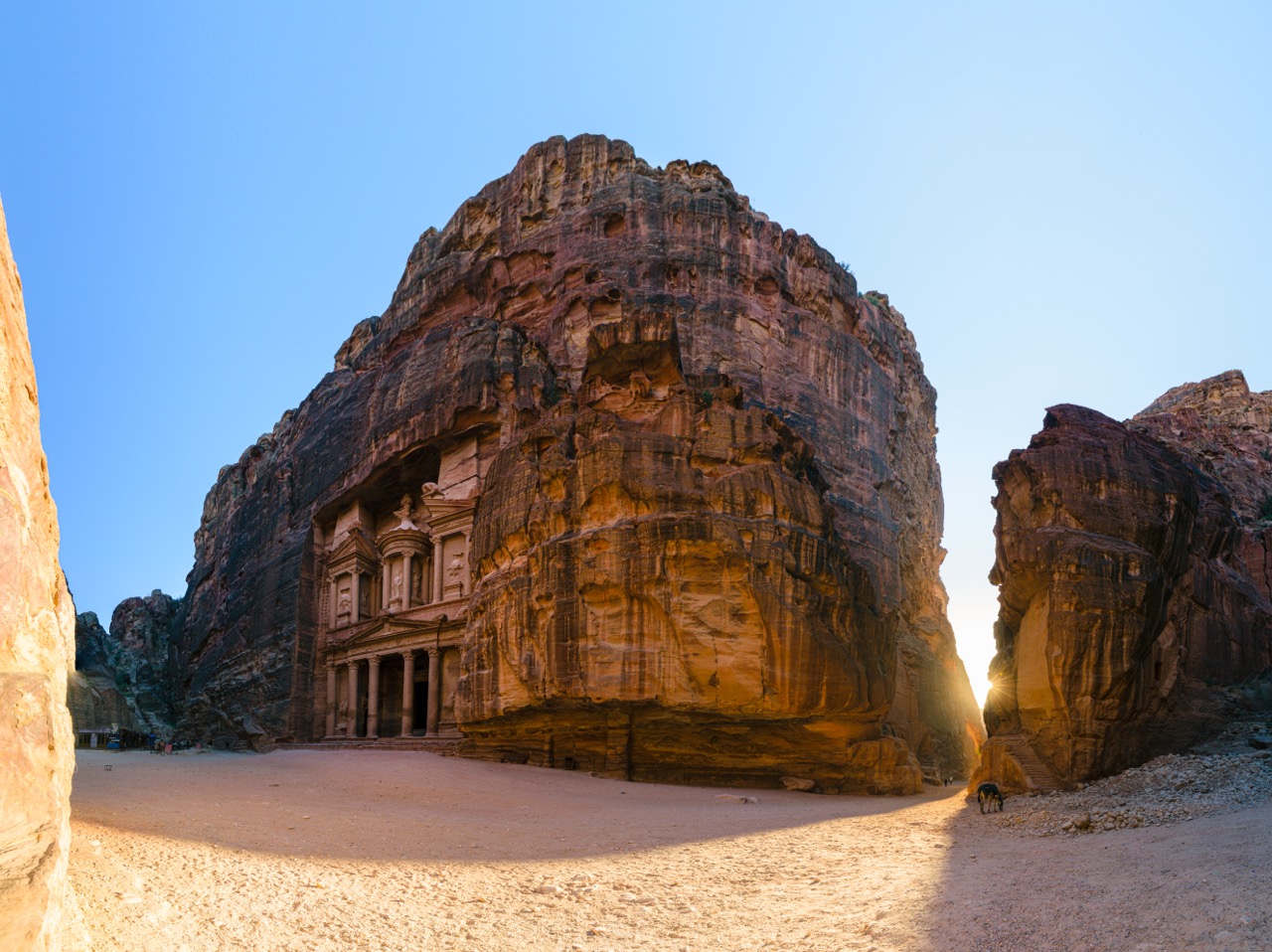Unveiling the layers of mystery encapsulating the iconic Great Pyramid of Giza, we dive into ten of the most intriguing curiosities that add to the charm of this ancient wonder. These little-known facts and tales will provide a deeper perspective on this monumental structure that has been a symbol of human engineering for centuries.
1. The Last of the Seven Wonders
Did you know the Great Pyramid of Giza is the oldest and only remaining wonder of the Seven Wonders of the Ancient World? Constructed during the reign of Pharaoh Khufu around 2580-2560 BC, it has silently watched over the human civilization for over four millennia, outlasting its six counterparts.
2. Perfectly Aligned
Despite its age, the Great Pyramid is remarkably accurate in its cardinal alignments. Its sides align closely with the four cardinal directions: north, south, east, and west. The precision is so remarkable that modern engineers and architects still marvel at the construction accuracy of ancient Egyptians.
3. Mysterious Construction Techniques
While the exact construction techniques remain shrouded in mystery, some experts suggest that around 2.3 million stone blocks, each weighing an average of 2.5 to 15 tons, were manually hauled into place. How the ancient builders achieved this feat with primitive tools baffles researchers and historians.
4. Hidden Chambers
With three known chambers inside — the King’s chamber, the Queen’s chamber, and the unfinished chamber — the Great Pyramid’s interior is as intriguing as its exterior. Recently, scientists using cutting-edge technology discovered a mysterious void above the Grand Gallery, which could hint at more hidden secrets waiting to be unveiled.
5. Astronomical Alignment
The pyramid’s design reflects the ancient Egyptians’ deep knowledge of astronomy. The narrow shafts extending from the King and Queen’s chambers point to important stars and constellations, serving as celestial observatories, perhaps intended to guide the pharaoh’s soul to the heavens.
6. Not a Freestanding Monument
Contrary to popular belief, the Great Pyramid of Giza was not built as a standalone structure. It is part of a larger complex, including two other pyramids, small satellite pyramids, a workers’ village, and the Great Sphinx, each contributing to our understanding of the ancient civilization.
7. Swivel Door Entrance
The pyramid’s entrance was once concealed by a swivel door, almost perfectly balanced that it could be opened from the inside but appeared seamless and invisible from the outside. This clever piece of ancient engineering remained undiscovered until the caliph al-Ma’mun forced his way into the pyramid in the 9th century AD.
8. Encased in Limestone
Originally, the pyramid was encased in a shell of polished, white limestone known as casing stones. These casing stones reflected the sun’s light and made the pyramid shine like a jewel in the desert. Unfortunately, most of these stones were removed in the 14th century for building Cairo.
9. Built by Paid Labor, Not Slaves
Contrary to popular myth, the pyramid wasn’t built by slaves but by salaried workers. Excavations of nearby workers’ quarters have revealed that the builders were well-fed and given proper medical care, suggesting they were respected laborers, not slaves.
10. A Gravestone Sans Mummy
Although built as a tomb for Pharaoh Khufu, his mummy has never been found in the Great Pyramid. It’s still unknown whether it was looted in antiquity or whether Khufu was ever interred there.
The Great Pyramid of Giza, a masterpiece of ancient engineering, continues to beguile us with its enduring mysteries. These curiosities merely scratch the surface of this fascinating structure, as scholars and scientists worldwide continue to unravel its secrets. One can only wonder what discoveries the future holds in the heart of this ancient wonder.
I am the Librarian, and I, together with the guardians of the Ancient Library, curate content for this site. Welcome, and enjoy your stay.
-
The Librarianhttps://ancient-library.com/author/ivan/
-
The Librarianhttps://ancient-library.com/author/ivan/
-
The Librarianhttps://ancient-library.com/author/ivan/
-
The Librarianhttps://ancient-library.com/author/ivan/





